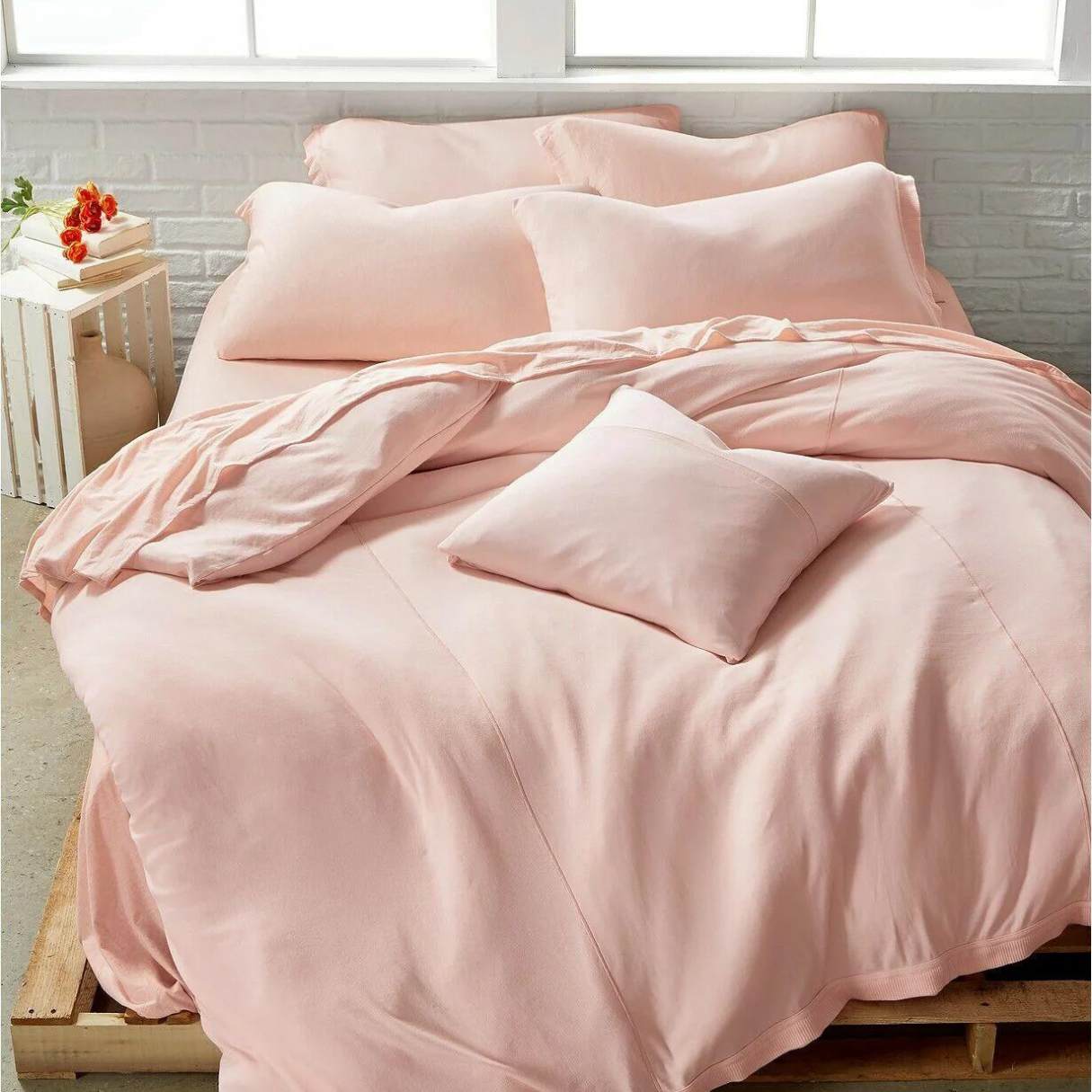

Articles
What Is A Duvet
Modified: February 24, 2024
Discover everything you need to know about duvets in our comprehensive articles. Get tips on choosing the right duvet and maintaining its long-term quality.
(Many of the links in this article redirect to a specific reviewed product. Your purchase of these products through affiliate links helps to generate commission for Storables.com, at no extra cost. Learn more)
Introduction
A duvet is an essential piece of bedding that provides comfort and warmth while adding style to your bedroom. Whether you are a fan of luxurious bedding or prefer a simple and cozy interior, a duvet is a versatile accessory that can transform your sleeping experience. In this article, we will explore the world of duvets, discussing their definition, history, construction, types, benefits, and how to choose the right one for your needs.
Picture this: a chilly winter night, snuggled up in bed, surrounded by soft and plush layers of bedding. The duvet plays a significant role in creating that cozy and inviting environment. But what exactly is a duvet?
Definition of a Duvet
A duvet is a type of bedding that is made up of a soft, flat fabric bag filled with natural or synthetic materials such as feathers, down, wool, or synthetic fibers. It is designed to be used with a duvet cover, which acts as a protective layer to keep the duvet clean and add aesthetic appeal. Duvets are known for their insulation properties, making them perfect for providing warmth and comfort during colder months.
Origins and History
The history of duvets can be traced back to ancient civilizations. In many cultures, people used animal skins or furs to cover themselves while sleeping. As time progressed, advancements in textile manufacturing led to the development of more comfortable and lightweight bedding options.
The word “duvet” is derived from the French word “duvet,” which means down or soft feathers. Down duvets were first introduced in Europe during the 17th century and gained popularity among the wealthy for their luxurious feel and exceptional insulation.
Construction and Design
Duvets are constructed using two main components: the shell and the filling. The shell is usually made of a tightly woven fabric, such as cotton or silk, that prevents the filling from escaping. The quality and thread count of the shell fabric play a crucial role in the durability and breathability of the duvet.
The filling of a duvet can vary depending on the desired warmth, weight, and personal preference. Natural fillings, such as feathers and down, offer excellent insulation and breathability, while synthetic fillings provide hypoallergenic options for individuals with sensitivities. The design of the duvet is often stitched to create compartments called baffles or channels, which ensure the even distribution of the filling.
Finally, manually wrap the whole response
Key Takeaways:
- Duvets, whether filled with down, feathers, or synthetic materials, offer customizable insulation, breathability, and easy maintenance. They provide warmth, regulate body temperature, and create a luxurious and inviting sleep environment.
- From their ancient origins to modern-day popularity, duvets have evolved into essential elements of bedding. Choosing the right duvet involves considering factors such as fill material, size, construction, and maintenance, ensuring a restful night’s sleep.
Read more: What Is A Duvet Cover
Definition of a Duvet
A duvet is a type of bedding that is made up of a soft, flat fabric bag filled with natural or synthetic materials. It is designed to be used with a duvet cover, which acts as a protective layer to keep the duvet clean and add aesthetic appeal. Duvets are known for their insulation properties, making them perfect for providing warmth and comfort during colder months.
The word “duvet” originates from the French word “duvet,” which means down or soft feathers. This name reflects the original filling used in duvets, which was often made of down feathers. Down is the fluffy layer found beneath the feathers of birds, known for its exceptional insulation properties.
The shell of a duvet is typically made from a tightly woven fabric, such as cotton or silk. The high-quality shell fabric ensures that the filling stays securely contained within the duvet.
The filling of a duvet can vary depending on personal preference and desired warmth. Natural fillings like feathers and down offer excellent insulation and breathability. Feathers provide a loftier and firmer feel, while down creates a soft and sumptuous sensation. Synthetic fillings, on the other hand, are made from materials like polyester or microfiber and offer hypoallergenic options for individuals with sensitivities to natural materials.
Duvets are often quilted or stitched to create compartments called baffles or channels. These compartments prevent the filling from clumping together, ensuring an even distribution of warmth. The stitching also adds a decorative touch to the duvet’s appearance.
To keep the duvet clean and extend its lifespan, a duvet cover is used. Duvet covers come in various designs, colors, and fabrics, allowing you to easily change the style of your bedding to match your bedroom decor. These covers are removable and washable, providing a convenient and hygienic solution to keeping your duvet fresh.
In addition to providing comfort and warmth, duvets also offer versatility. They can be used alone during warmer months or paired with additional layers for extra insulation during the colder seasons. Duvets are available in various sizes, from twin and queen to king and California king, ensuring there’s an option to fit every bed size.
Overall, the defining feature of a duvet is its ability to provide warmth and comfort while adding a touch of luxury to your bedroom. Whether you prefer a lightweight duvet for a cooler climate or a heavier duvet for extra coziness, there is a duvet out there to suit your specific needs and preferences.
Origins and History
The history of duvets can be traced back to ancient civilizations, where people used various materials to cover themselves while sleeping. In colder regions, animal skins or furs were commonly used for insulation. As civilizations advanced and textile manufacturing techniques improved, the concept of using soft, padded bedding emerged.
The origins of the duvet as we know it today can be attributed to Europe, specifically to countries like France and England. During the 17th century, duvets filled with down or feathers started to gain popularity, primarily among the wealthier classes who sought luxurious and comfortable bedding options.
Feathers and down were the preferred fillings due to their exceptional insulation properties and softness. Down, in particular, refers to the fluffy layer found beneath the feathers of birds, which provides excellent warmth without being too heavy.
In France, duvets became a symbol of luxury and were associated with royalty and the aristocracy. The French were the first to use the term “duvet” to describe these down-filled comforters, borrowing the word from the French word “duvet,” meaning feathers or down.
In England, duvets gained popularity during the Victorian era. The British, known for their love of comfort and grandeur in their homes, embraced the idea of using duvets as a cozy and stylish bedding option.
Over time, the popularity of duvets spread to other parts of Europe and eventually to North America. The demand for duvets increased, leading to advancements in manufacturing techniques and the use of alternative fillings such as wool and synthetic fibers.
Today, the use of duvets is widespread and has become a standard bedding option in many households. They are available in a wide range of styles, colors, and fillings to suit different preferences and requirements.
The evolution of duvets over time has not only focused on the functionality and comfort they provide but also on the aesthetics. Duvet covers, which are used to protect and enhance the duvet, come in countless designs and patterns, allowing individuals to personalize their bedding and create a cohesive bedroom decor.
Overall, the origins and history of duvets showcase their journey from a luxurious accessory enjoyed by the elite to a popular and accessible bedding option used by people all around the world. Regardless of their humble beginnings, duvets have evolved to become an essential element in creating a comfortable and inviting sleep environment.
Construction and Design
Duvets are constructed using two main components: the shell and the filling. The shell is typically made of a tightly woven fabric, such as cotton or silk, that provides durability and prevents the filling from poking through or escaping. The quality and thread count of the shell fabric play a crucial role in the overall comfort and longevity of the duvet.
The filling of a duvet can vary depending on the desired warmth, weight, and personal preference. Natural fillings, such as feathers and down, are popular choices for their excellent insulation and breathability. Feathers provide more firmness and structure, while down offers a softer and more luxurious feel. Wool is another natural filling option that provides warmth and has moisture-wicking properties, making it ideal for regulating body temperature.
For those who prefer hypoallergenic options or who have allergies to natural materials, synthetic fillings are available. Synthetic fibers, such as polyester or microfiber, mimic the qualities of natural fillings while offering hypoallergenic properties. These fillings are often lighter and more affordable than their natural counterparts.
To ensure the even distribution of the filling and to prevent it from shifting or clumping, duvets are often quilted or stitched. This stitching creates compartments within the duvet called baffles or channels, which keep the filling in place. Baffled construction helps maintain an even spread of insulation and prevents cold spots from forming.
The design of the duvet can also vary in terms of the amount of filling used. Some duvets have a higher fill power, which refers to the amount of space one ounce of down occupies in cubic inches. Higher fill power often indicates a duvet with better insulation properties and loftiness. The fill power measurement can range from 600 to over 800, with higher numbers signifying superior quality.
Duvets come in different sizes to fit various bed sizes, including twin, full, queen, king, and California king. It’s important to choose a duvet that matches the size of your bed to ensure a proper fit and maximum coverage.
In terms of design, duvets offer endless possibilities. Whether you prefer a simple and classic white duvet or a bold and vibrant pattern, there are countless duvet covers available to suit your style. Duvet covers not only protect the duvet but also allow you to easily change the look and feel of your bedding to suit your mood or the changing seasons.
Overall, the construction and design of a duvet play a significant role in its functionality, comfort, and aesthetic appeal. The choice of shell fabric, filling material, stitching, and design elements all contribute to creating a duvet that provides warmth, comfort, and style for a restful sleep experience.
Different Types of Duvets
Duvets come in various types, each with its own unique characteristics and benefits. Understanding the different types of duvets can help you make an informed decision when choosing the right one for your needs and preferences. Here are some popular types of duvets:
- Down Duvets: Down duvets are filled with the soft and fluffy layer found beneath the feathers of birds. They are known for their exceptional insulation and lightweight feel. Down duvets are highly breathable, providing warmth without causing overheating. They offer a luxurious and plush sleeping experience, making them a popular choice among those seeking ultimate comfort.
- Feather Duvets: Feather duvets are filled with feathers, which provide a firmer and more structured feel compared to down duvets. They offer excellent insulation while offering a slightly heavier weight, resulting in a cozy and snug sleep experience. Feather duvets are a suitable choice for those who prefer a more supportive and substantial feel.
- Synthetic Duvets: Synthetic duvets are filled with man-made fibers, such as polyester or microfiber. These duvets are hypoallergenic, making them a great option for individuals with allergies or sensitivities to natural materials. Synthetic duvets are often lighter in weight and more affordable compared to natural-filled duvets. They also tend to be easier to care for, as they can typically be machine-washed.
- Wool Duvets: Wool duvets are filled with wool fibers, which provide excellent insulation and moisture-wicking properties. They are naturally hypoallergenic and resistant to dust mites, making them a suitable choice for those with allergies. Wool duvets help regulate body temperature, keeping you warm in the winter and cool in the summer. They have a unique ability to absorb and release moisture, creating a dry and comfortable sleep environment.
- Silk Duvets: Silk duvets are filled with silk fibers, which offer a luxurious and lightweight feel. Silk is highly breathable and temperature-regulating, keeping you cool in the summer and warm in the winter. Silk duvets are known for their smooth and soft texture, making them a popular choice for those who appreciate a touch of elegance and indulgence in their bedding.
It’s important to consider your personal preferences, as well as any specific needs or allergies, when choosing a duvet type. The type of duvet you select will determine its warmth, weight, breathability, and overall feel, ensuring a comfortable and restful night’s sleep.
Additionally, duvets can also vary in terms of their tog rating. The tog rating measures the duvet’s ability to provide insulation. A higher tog rating indicates a warmer duvet, suitable for colder climates or individuals who naturally feel colder at night. Lower tog rating duvets are ideal for warmer climates or those who tend to sleep hot.
By understanding the different types of duvets available, you can choose a duvet that aligns with your specific preferences and needs, ensuring a cozy and comfortable sleeping environment year-round.
When shopping for a duvet, consider the fill power, which indicates the quality and insulating ability of the duvet. A higher fill power means better insulation and fluffiness.
Read more: What Is The Best Duvet
Benefits of Using a Duvet
Using a duvet as part of your bedding ensemble offers numerous benefits, making it a popular choice for many individuals. Here are some of the key advantages of using a duvet:
- Comfort and Warmth: Duvets are designed to provide exceptional comfort and warmth, ensuring a cozy and restful sleep experience. The soft and fluffy filling, whether down, feathers, or synthetic fibers, creates a plush and luxurious feel, enveloping you in warmth during colder months.
- Customizable Insulation: Duvets offer customizable insulation levels to suit different needs and climates. You can choose a duvet with a higher or lower tog rating to provide the right amount of warmth throughout the year. Additionally, duvets can be layered with extra blankets or sheets to adjust the level of insulation according to individual preferences.
- Breathability: Duvets, especially those filled with natural materials like down or feathers, offer excellent breathability. The filling allows air to circulate, preventing overheating and creating a comfortable sleep environment. This breathability also helps wick away moisture and regulate body temperature, ensuring a more restful and sweat-free sleep.
- Lightweight and Fluffiness: Despite providing exceptional warmth, duvets are often lightweight, allowing for ease of movement and a less restrictive sleep experience. The fluffiness and softness of the duvet create a cloud-like feel, adding an extra layer of luxury and comfort to your sleep routine.
- Easy Maintenance and Versatility: Duvets are easy to maintain and clean. Many duvets are machine washable, making them convenient to care for. Additionally, duvets offer versatility in terms of styling and design. With a wide range of duvet covers available, you can easily change the look and feel of your bedding to match your bedroom decor or update your style as desired.
- Hypoallergenic Options: For individuals with allergies or sensitivities, duvets filled with synthetic materials or hypoallergenic down alternatives provide a suitable option. These duvets are designed to minimize the presence of common allergens, such as dust mites and feathers, ensuring a comfortable and irritation-free sleep environment.
- Longevity and Durability: Well-made duvets, particularly those with high-quality shell fabrics and construction, can withstand years of use. With proper care and maintenance, a good duvet can offer long-lasting durability and maintain its loft and comfort for an extended period.
Overall, using a duvet as part of your bedding offers a combination of comfort, warmth, and versatility. It allows for customization based on individual preferences and provides a cozy and inviting sleep environment. With the added benefits of easy maintenance, hypoallergenic options, and durability, a duvet is a worthwhile investment for a restful night’s sleep.
How to Choose the Right Duvet
Choosing the right duvet is essential for creating a comfortable and cozy sleep environment. With a variety of options available, it can be overwhelming to determine which duvet is best suited for your needs. Here are some factors to consider when selecting the right duvet:
- Fill Material: Consider the fill material that best fits your preferences and needs. Natural fillings like down and feathers provide exceptional warmth and breathability, while synthetic fillings offer hypoallergenic options. Wool and silk duvets have their unique properties, such as moisture-wicking and smoothness, to consider as well.
- Tog Rating: Evaluate the tog rating of the duvet, which indicates its ability to provide insulation. Higher tog ratings are suitable for colder climates or individuals who naturally feel colder at night, while lower tog ratings are ideal for warmer climates or those who tend to sleep hot.
- Size: Ensure that you choose a duvet that matches the size of your bed. Whether you have a twin, full, queen, king, or California king bed, there are duvet options available to fit each size.
- Shell Fabric: Pay attention to the quality and thread count of the duvet’s shell fabric. A tightly woven fabric, such as cotton or silk, provides durability and prevents the filling from escaping. A higher thread count generally indicates a more luxurious and softer feel.
- Construction: Look for duvets with proper stitching or quilting techniques to ensure the filling remains evenly distributed. Baffled construction with compartments helps prevent shifting and clumping, maintaining the duvet’s loft and insulation properties.
- Allergies and Sensitivities: If you have allergies or sensitivities, opt for hypoallergenic duvet options. Synthetic-filled duvets or those specifically labeled as hypoallergenic can help minimize allergens and ensure a more comfortable sleep environment.
- Maintenance: Consider the care instructions for the duvet. Some duvets can be machine-washed, while others may require professional cleaning. Choose a duvet that aligns with your preferred maintenance routine.
- Budget: Set a budget for your duvet purchase. Prices can vary based on factors like fill material, brand, quality, and size. Determine your budget range and look for duvets that offer the best combination of quality and affordability within that range.
Ultimately, the right duvet is subjective and based on your individual preferences. Consider factors such as desired warmth, weight, breathability, and any specific needs or sensitivities you may have. By taking these factors into account, you can select a duvet that provides the comfort, insulation, and overall sleep experience that suits you best.
Duvet Care and Maintenance
To ensure your duvet stays clean, fresh, and in optimal condition, it is important to follow proper care and maintenance practices. Here are some tips to help you care for your duvet:
- Use a Duvet Cover: Always use a duvet cover to protect your duvet. A duvet cover acts as a barrier, keeping your duvet clean and preventing stains. It is easier to clean a duvet cover regularly than to clean the entire duvet.
- Regularly Air Out: Air out your duvet periodically to keep it fresh and prevent any musty odors. Simply hang it outside or in a well-ventilated area for a few hours to allow air circulation.
- Spot Cleaning: If you notice any small stains or spills on your duvet, spot clean them as soon as possible. Use a mild detergent and cold water to gently blot the stain, being careful not to rub or scrub vigorously, as this can damage the filling or fabric.
- Professional Cleaning: Depending on the type of duvet and its care instructions, you may need to have it professionally cleaned. Some duvets, especially those with delicate fabrics or down fillings, require specialized cleaning methods. Follow the manufacturer’s guidelines or consult a professional cleaner for proper maintenance.
- Machine Washing: If your duvet is machine washable, be sure to follow the care instructions provided. Use a large-capacity front-loading washing machine to ensure the duvet has enough space to move. Use a gentle cycle and mild detergent specifically designed for bedding items.
- Drying: After washing, dry your duvet thoroughly. If the care instructions allow, machine drying on a low-heat or delicate setting can be an efficient option. Alternatively, you can air dry it by laying it flat or hanging it outdoors, but make sure it is completely dry before storing or using it again.
- Fluffing: Regularly fluff your duvet to maintain its loft and prevent any filling from clumping. Give it a gentle shake or pat to distribute the filling evenly and restore its plumpness.
- Storage: When not in use, store your duvet in a breathable storage bag or container. Avoid storing it in plastic bags, as they can trap moisture and cause mildew or odor. Keep it in a cool, dry place away from direct sunlight.
- Replace When Necessary: If your duvet starts to lose its loft, becomes flat, or shows signs of wear and tear, it may be time to replace it. Over time, the filling can break down, impacting its insulation and comfort. A quality duvet should typically last for several years with proper care, but eventually, it will need to be replaced.
By following these care and maintenance practices, you can ensure that your duvet remains clean, fresh, and comfortable for a prolonged period. Regular cleaning and proper storage will not only extend the lifespan of your duvet but also contribute to a healthy and enjoyable sleep environment.
Conclusion
Duvets are more than just a cozy addition to your bedding; they offer a multitude of benefits that contribute to a comfortable and inviting sleep environment. Whether you prefer the luxurious feel of down, the structure of feathers, or the hypoallergenic properties of synthetic materials, there is a duvet out there to suit your unique preferences and needs.
From their origins in ancient civilizations to their popularity in Europe and beyond, duvets have evolved into an essential element of modern bedding. The construction and design of a duvet, including the quality of the shell fabric, the type of filling, and the stitching, all contribute to its functionality, durability, and overall comfort.
Choosing the right duvet involves considering factors such as fill material, tog rating, size, shell fabric, construction, allergies, maintenance, and budget. By carefully assessing these factors, you can select a duvet that will provide the desired level of warmth, breathability, and comfort for a restful night’s sleep.
Proper care and maintenance of your duvet are crucial in preserving its cleanliness and longevity. Using a duvet cover, regularly airing out the duvet, spot cleaning as needed, and following the care instructions provided by the manufacturer all contribute to keeping your duvet in excellent condition. Additionally, storing it properly when not in use and replacing it when necessary ensure that you continue to enjoy the benefits of a high-quality duvet for years to come.
In conclusion, investing in a duvet that suits your individual preferences and needs can greatly enhance your sleep experience. Duvets offer exceptional comfort, customizable insulation, breathability, and easy maintenance. They provide warmth during winter months, regulate body temperature, and create a luxurious and inviting sleep environment.
So, snuggle up under your duvet, relax, and enjoy the perfect combination of comfort and style as you drift off to a peaceful and rejuvenating sleep.
Frequently Asked Questions about What Is A Duvet
Was this page helpful?
At Storables.com, we guarantee accurate and reliable information. Our content, validated by Expert Board Contributors, is crafted following stringent Editorial Policies. We're committed to providing you with well-researched, expert-backed insights for all your informational needs.
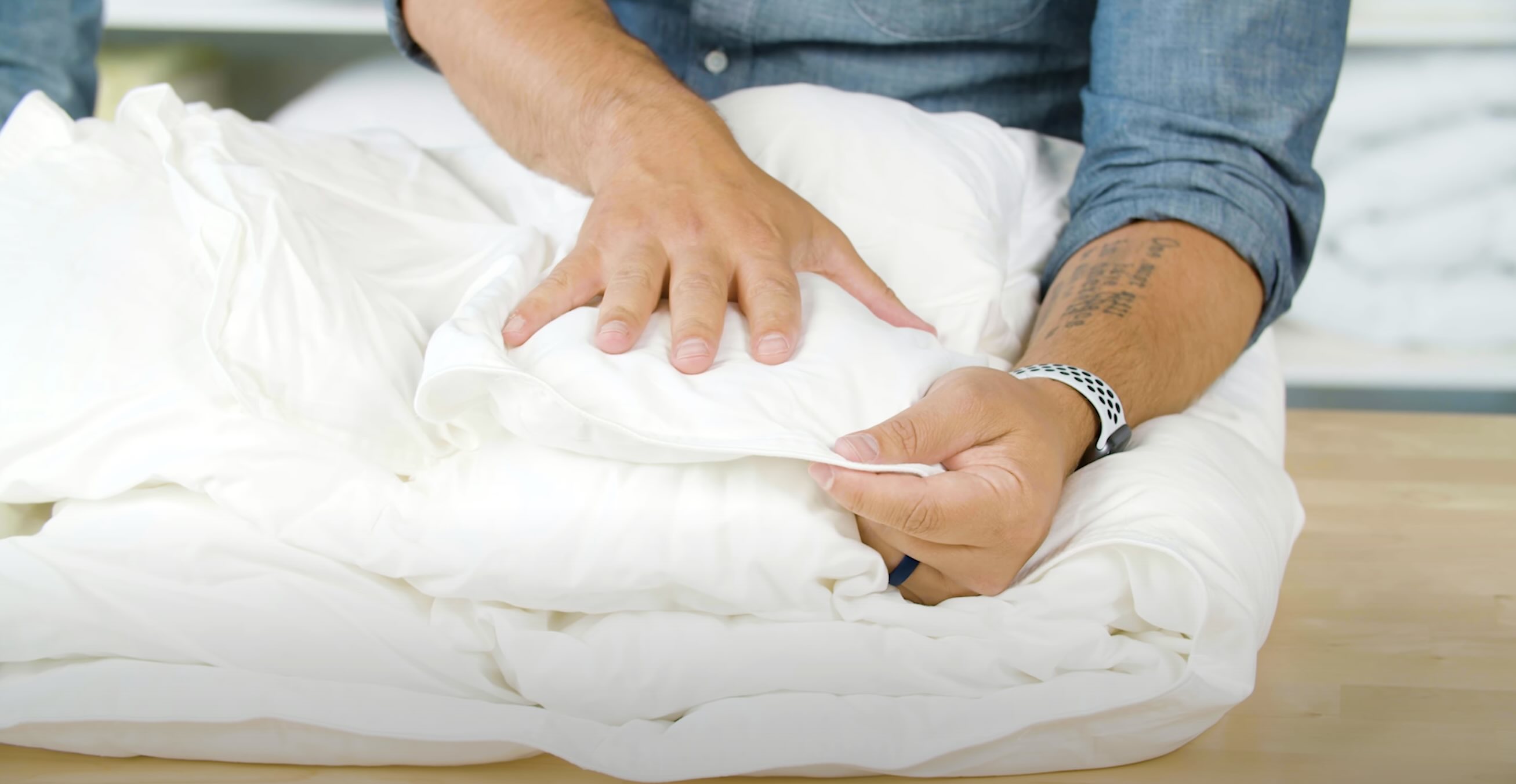
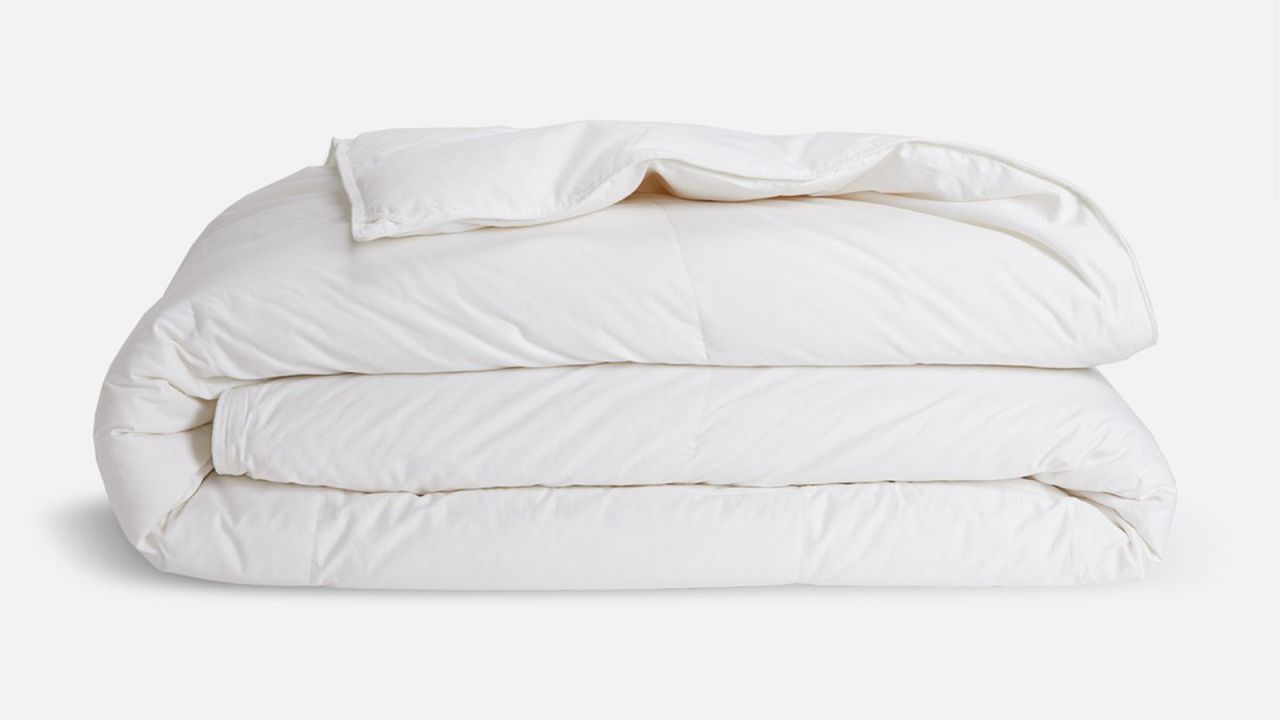
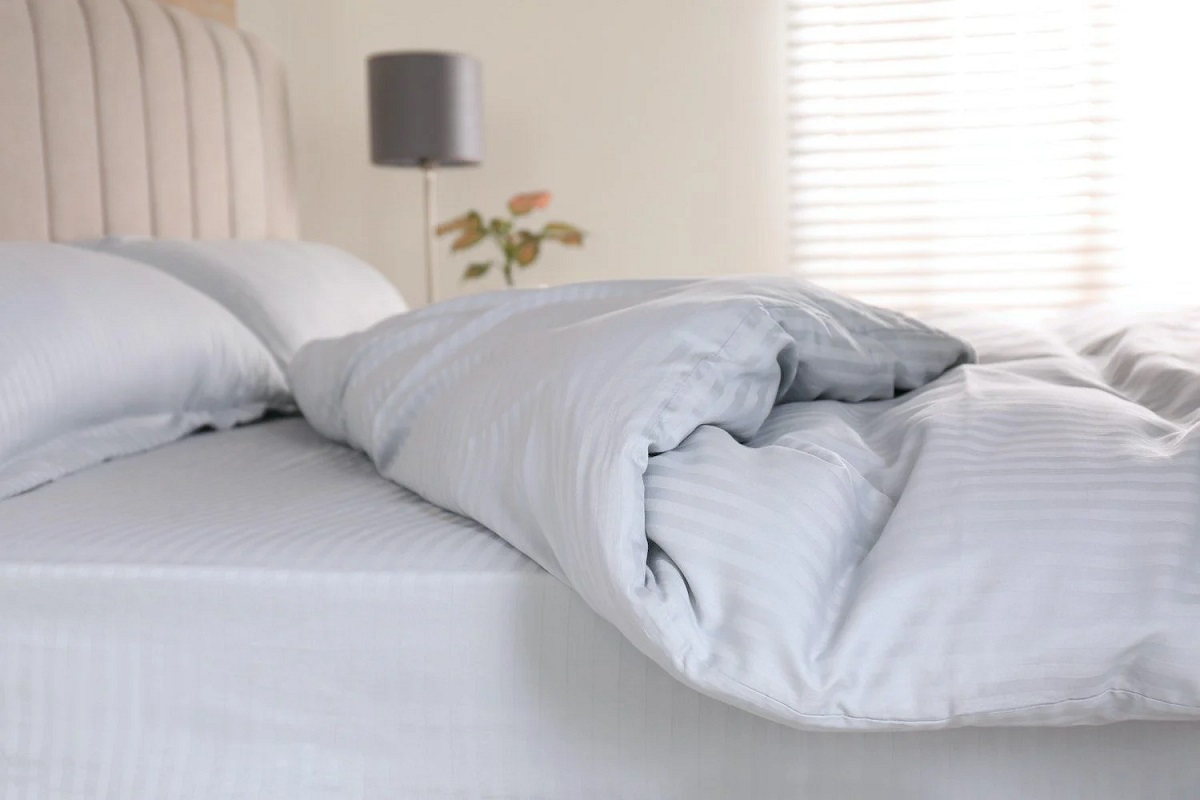
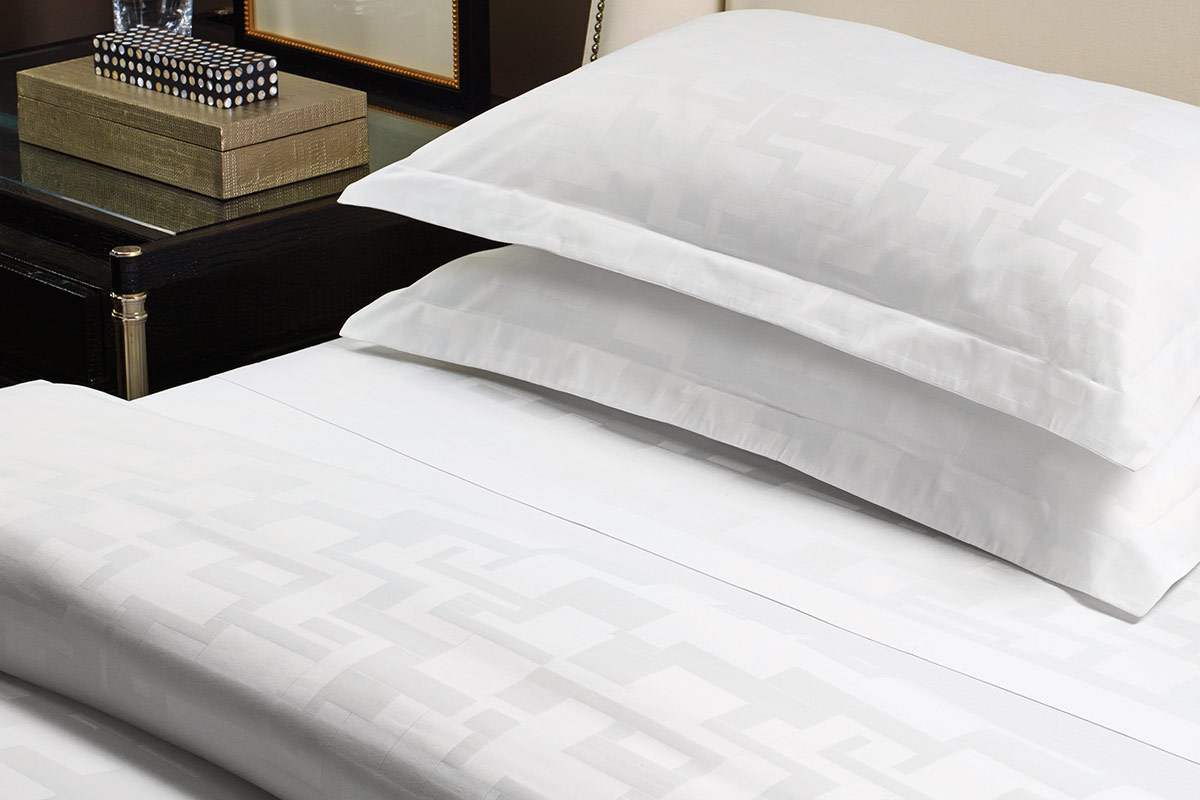
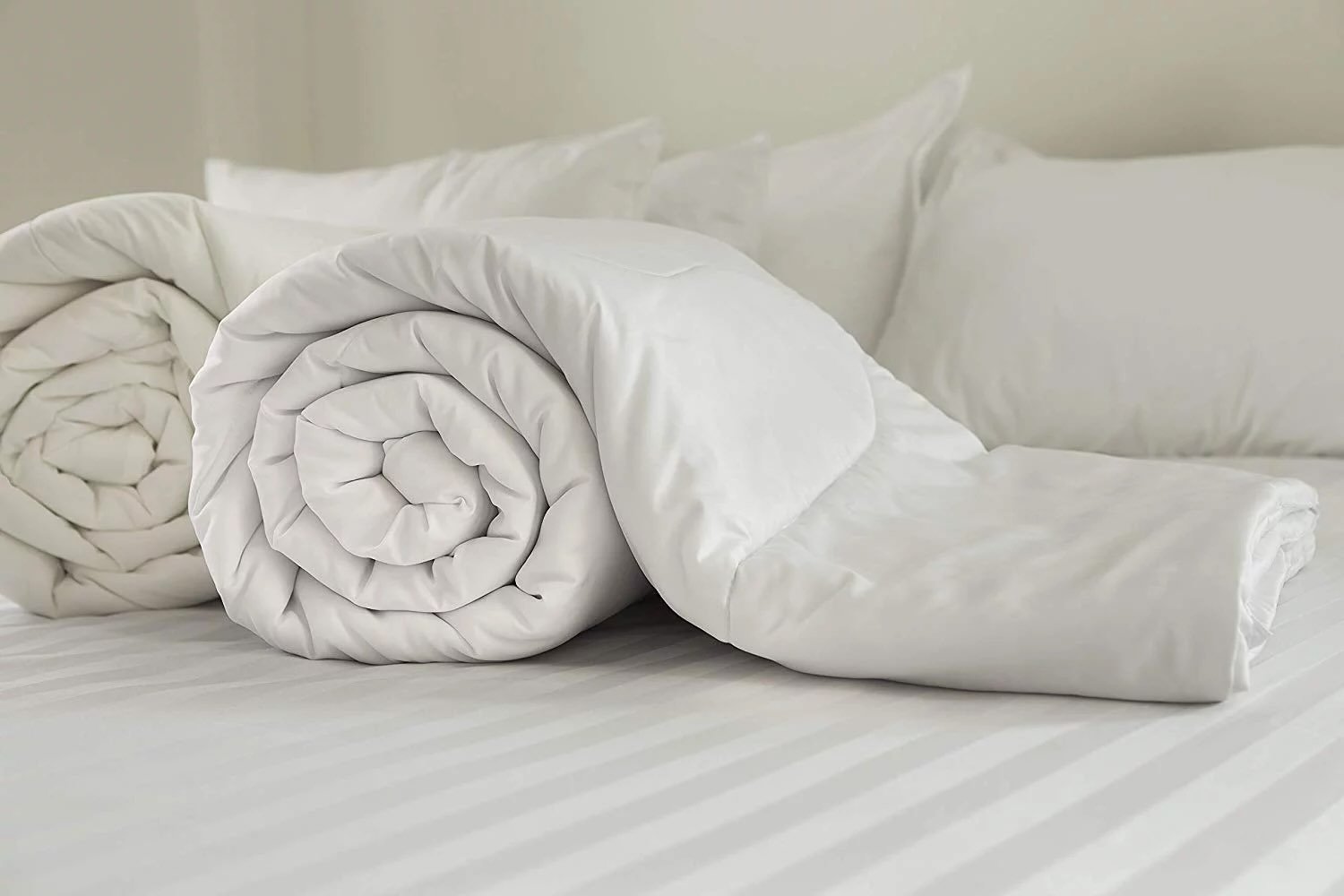
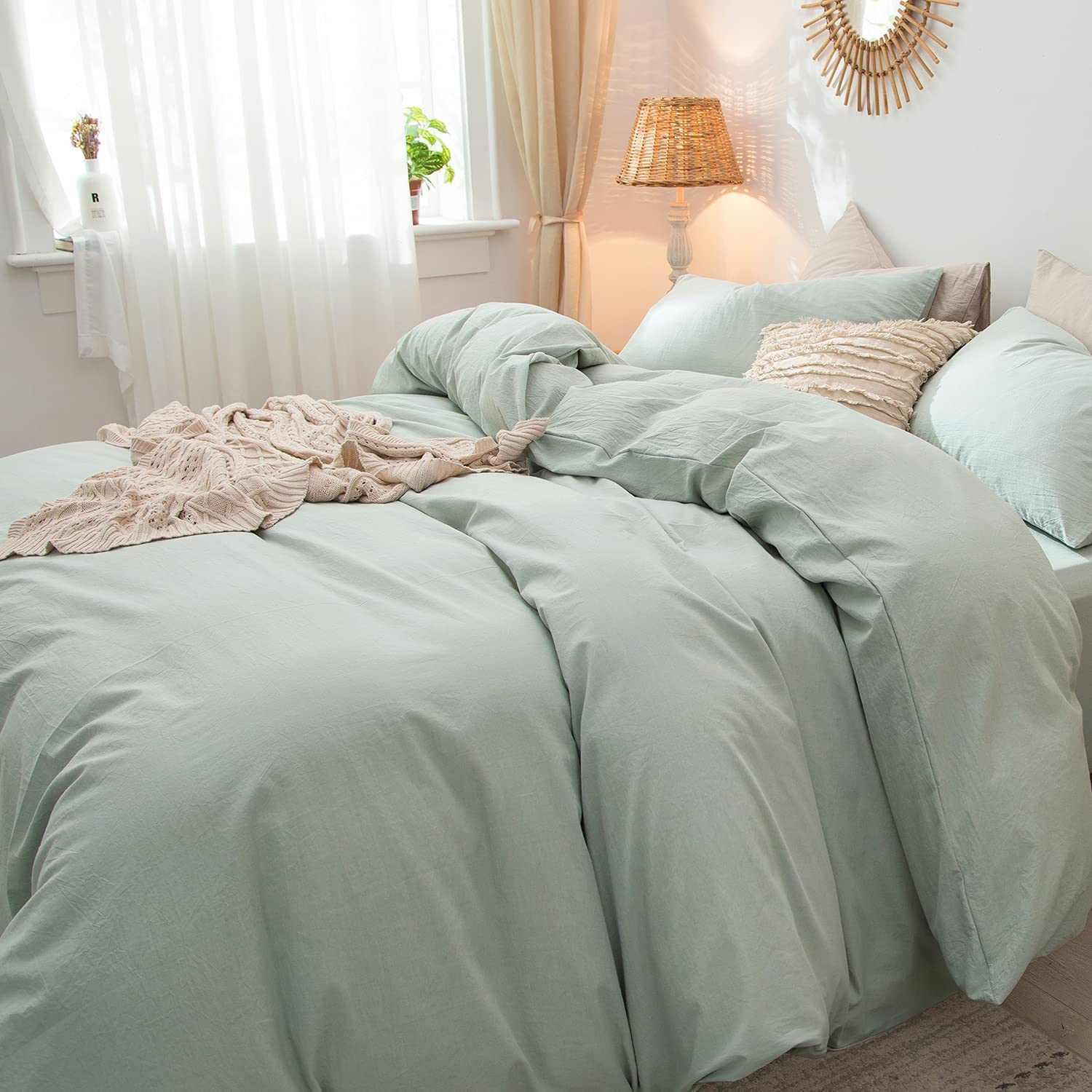
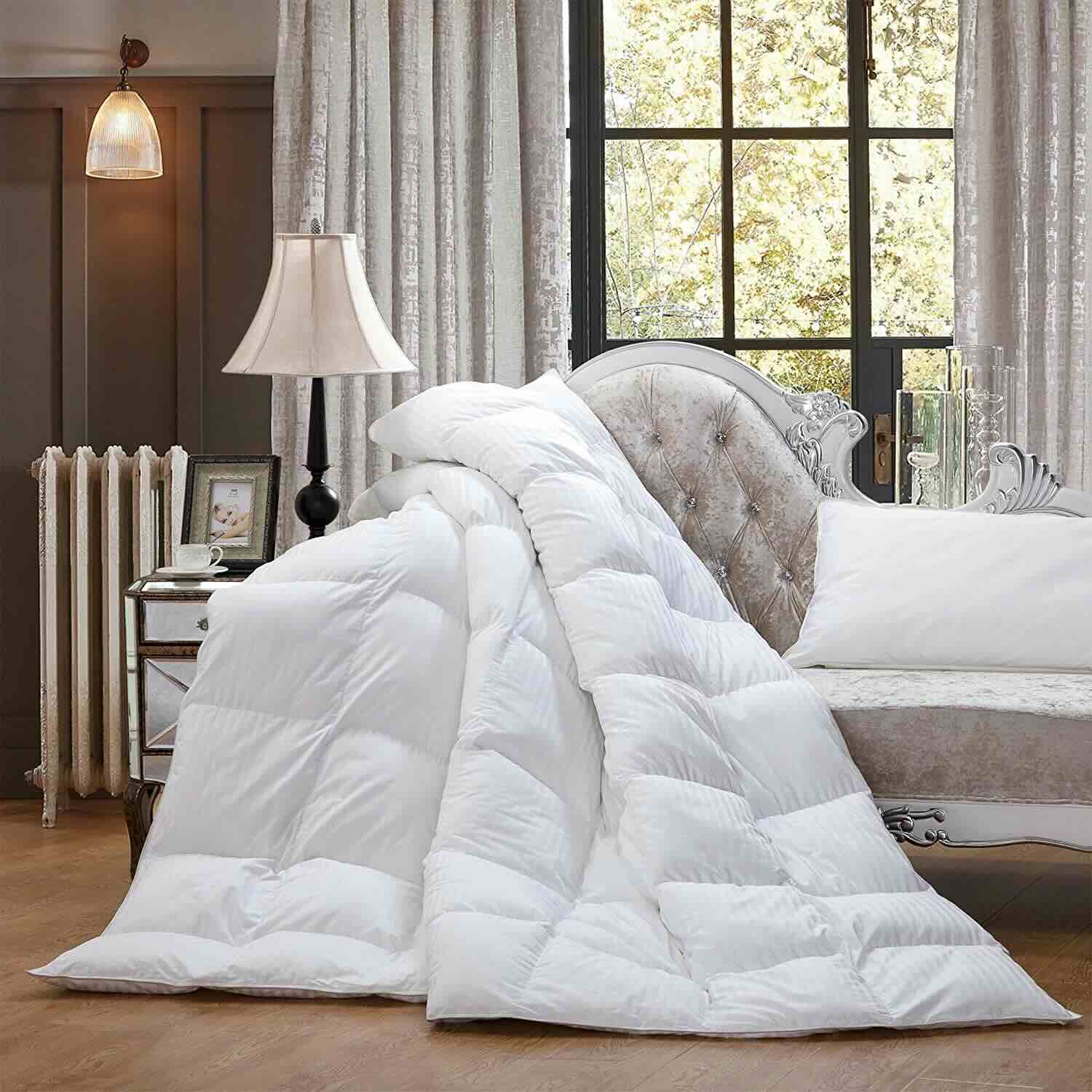
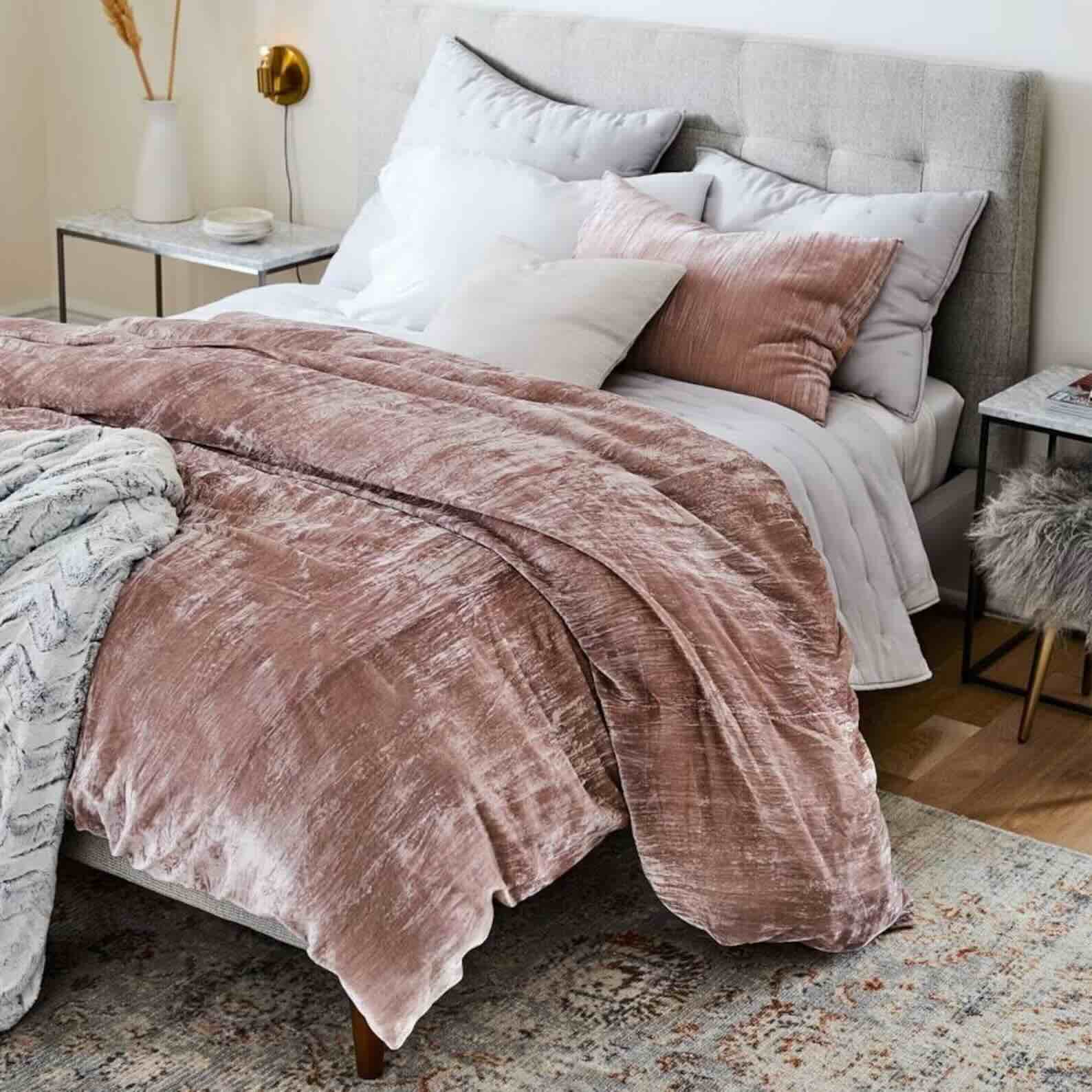
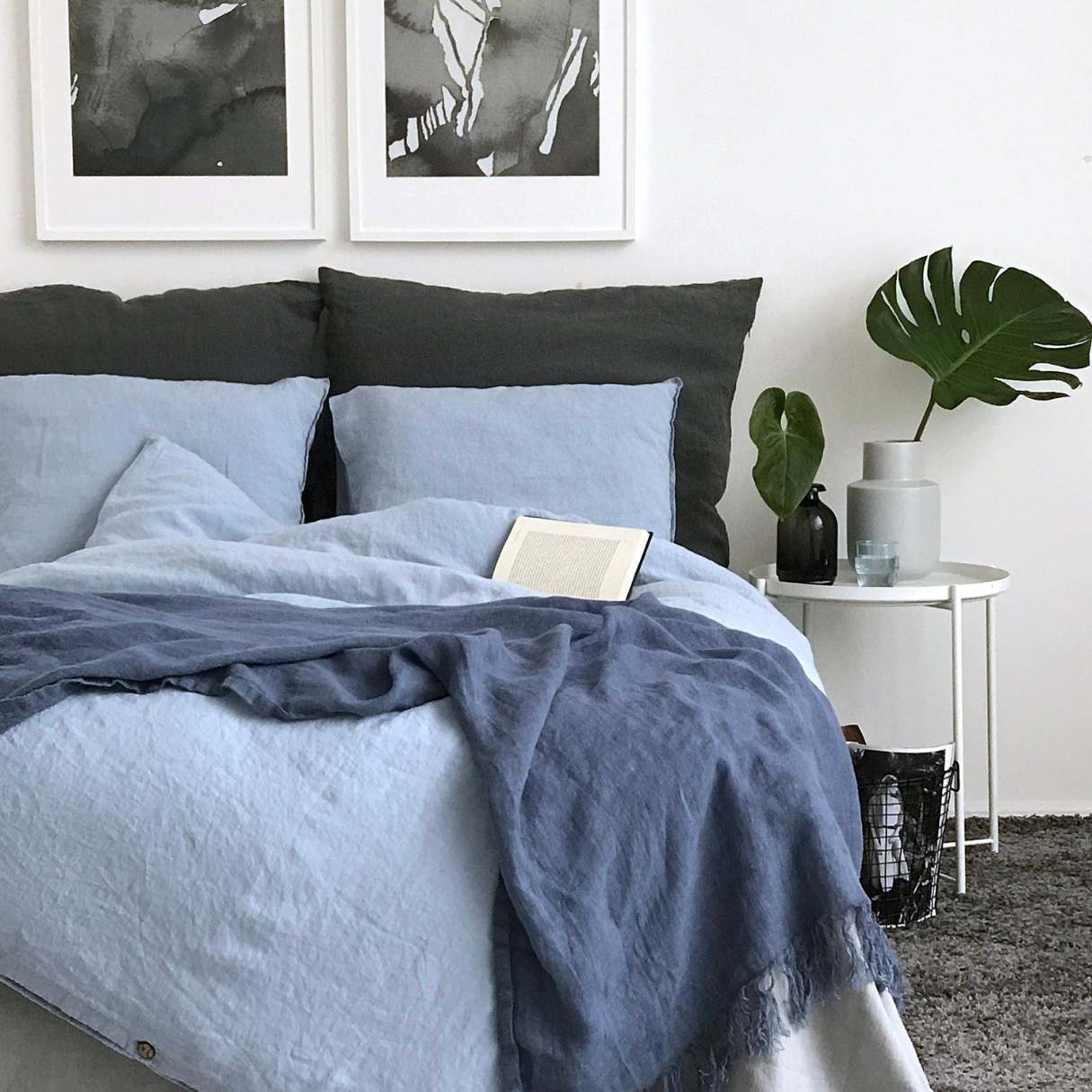
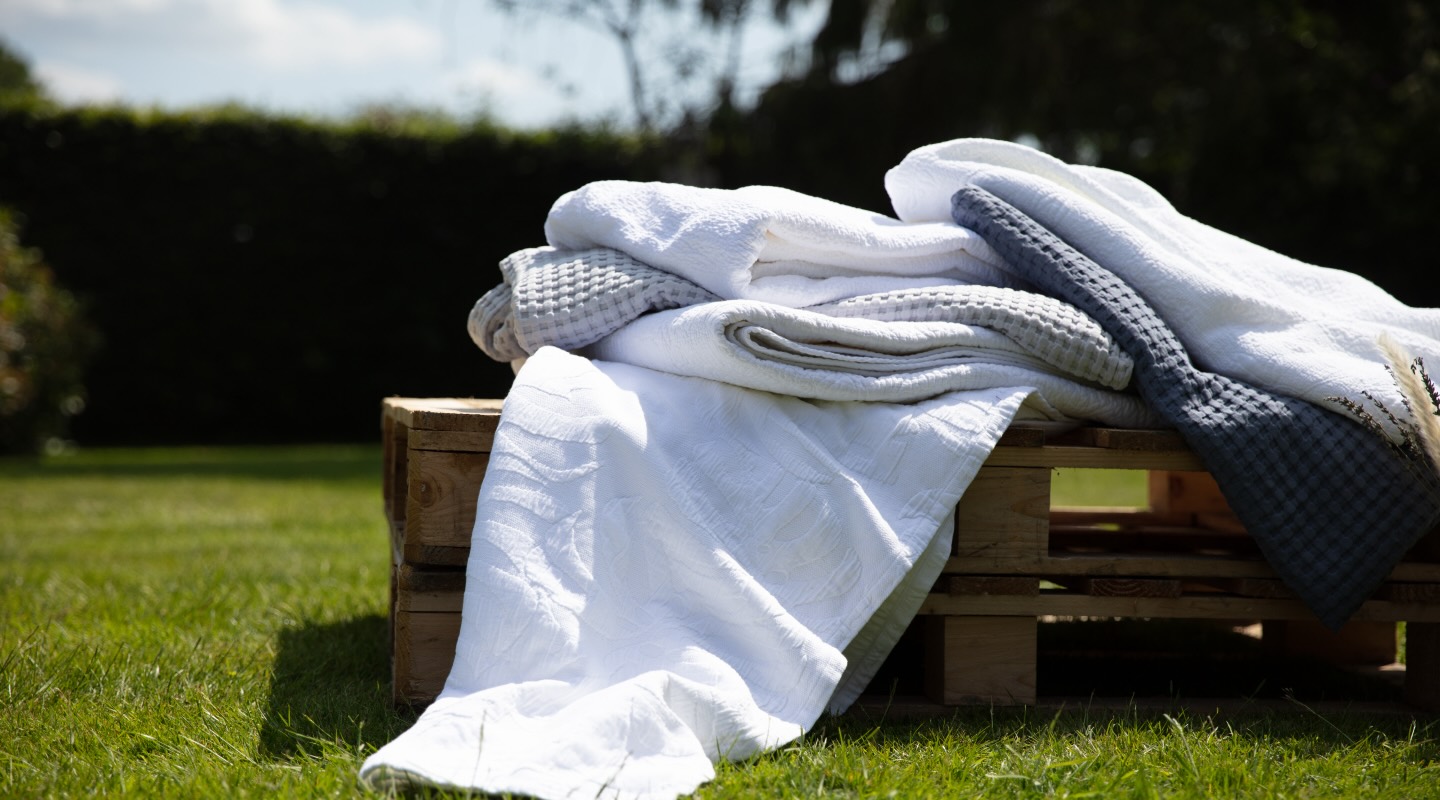
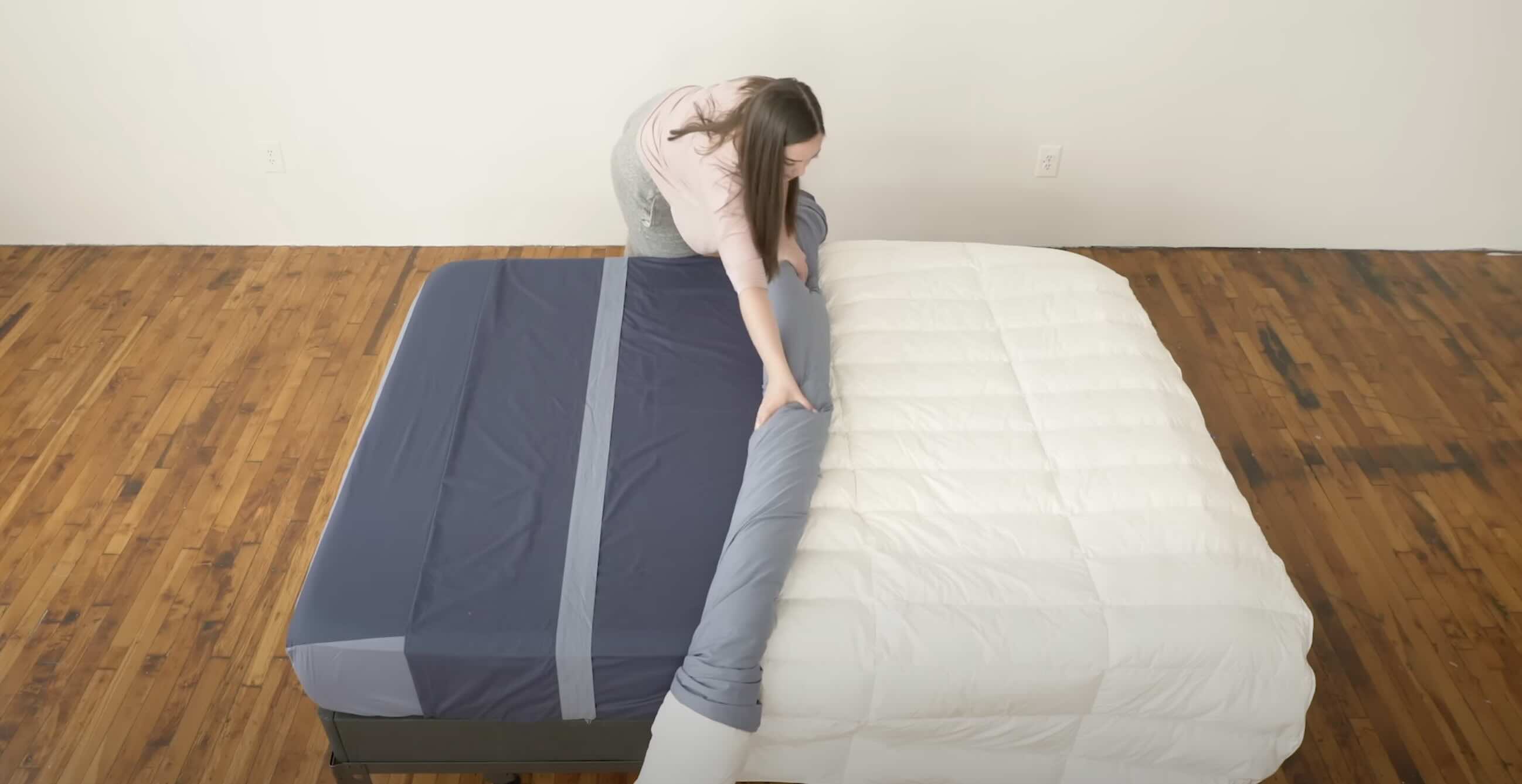
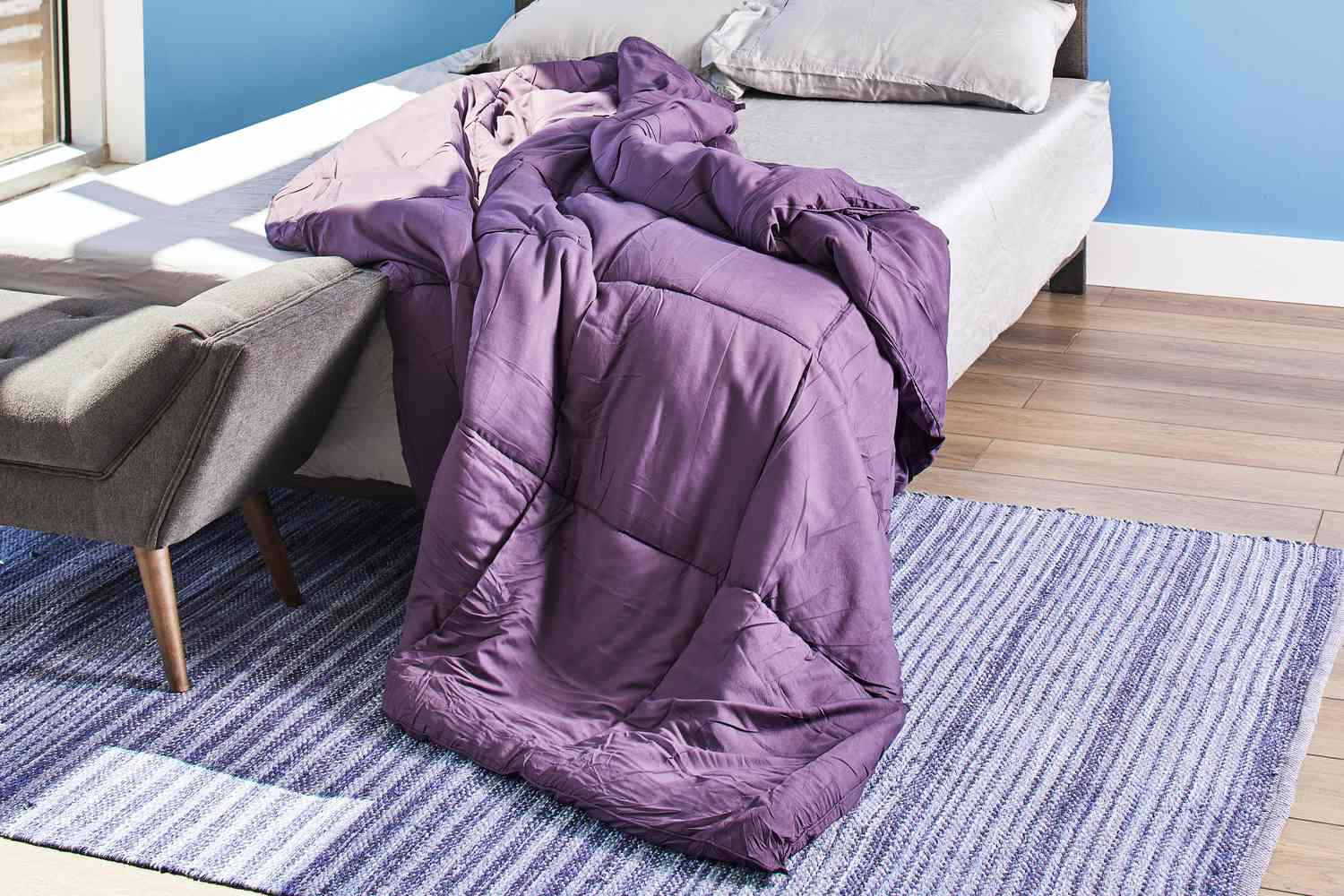

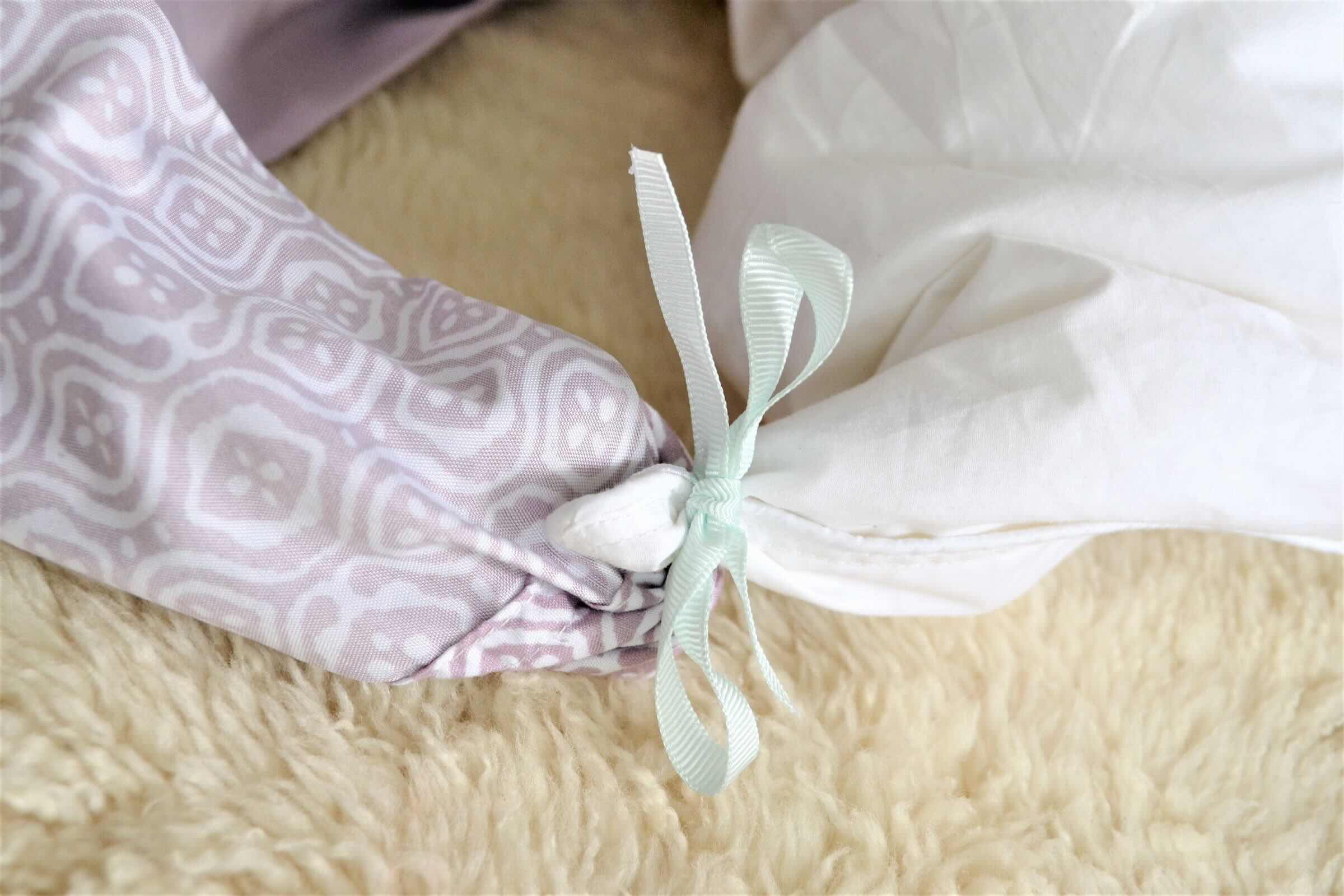

0 thoughts on “What Is A Duvet”